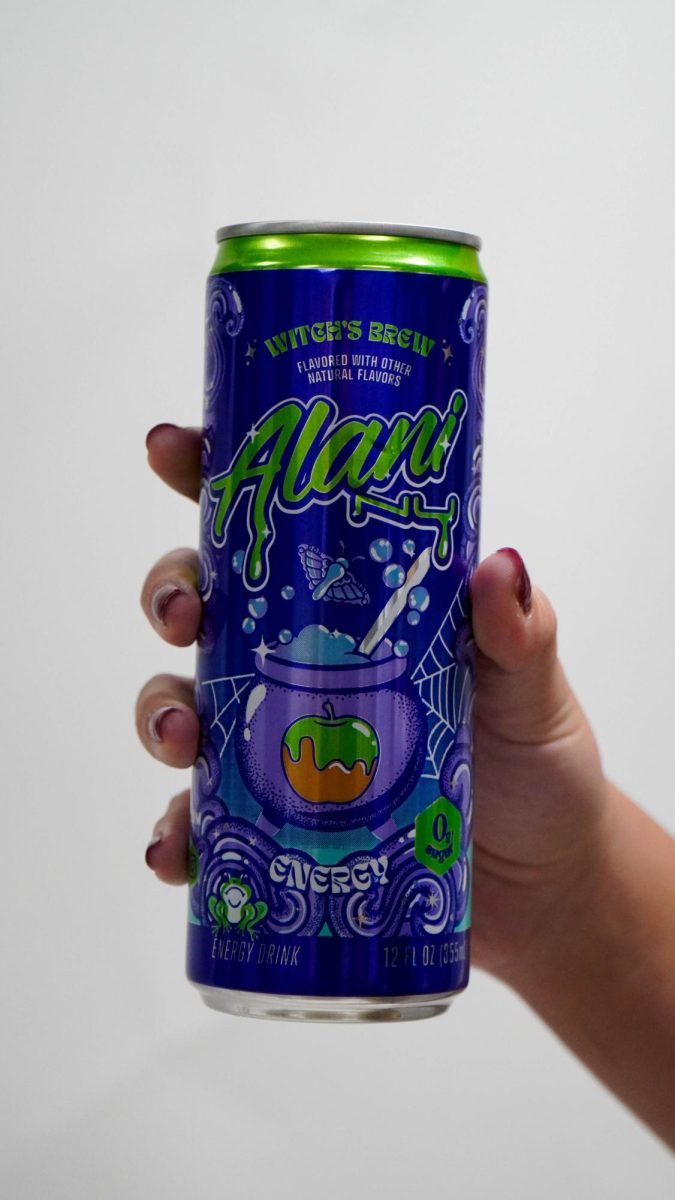Although “Severance” fans were forced to wait three long years for the premiere of its second season, the wait was most definitely worth it. The show is incredibly, impressively idiosyncratic, and the writers will take you down to some of the deepest rabbit holes in cinema history. Sit back and grab some popcorn because this is one show you don’t want to miss.
The premise of the series lies in the “Severance” procedure, where workers undergo brain surgery to sever their work memories
(innies) from their out-of-office identities (outies). The storyline follows Mark S. (Adam Scott) and his colleagues on the “severed floor” through their adventures and revelations about the true purpose of the company they work for, Lumon Industries.
The promise attached to the severance procedure is alluring, as it grants people a literal work-life balance. Outies essentially give life to fully formed humans without considering the consequences of their decision. Since Lumon isn’t so quick to advertise the fact that innies are given virtually zero free will, the concept sounds super appealing to outies, while their innies are trapped in a miserable, inescapable existence.
Throughout the season, philosophical conundrums begin to pile up as characters attempt to interlink their work lives with their personal lives. Mark’s desperate attempt at reintegration — a process that would supposedly relink his innie’s and outie’s memories — led to complications between his character’s two love interests, Helly R. (played by Britt Lower) and Gemma Scout (played by Dichen Lachman). Forced to choose between his innie’s office crush and his outie’s wife, Mark is stuck arguing with his alter ego over which girl he gets to go home to. In the season finale, Ms. Cobel (Mark’s boss as Lumon) reminds him that there will “be no honeymoon ending for (him) and Helly R.,” enraging his already hopeless innie even more.
Apart from its compelling storyline and keep-you-up-all-night thriller moments, the success of “Severance” heavily relies on its unique cinematography choices. The most notable camera trick in the show is the Dolly Zoom effect, which is used on the Lumon elevator rides as each character transitions from their outie self to innie self and vice versa. In these shots, the camera moves closer while zooming to a wider angle lens, resulting in a dramatic reshaping of facial features.
Part of what makes “Severance” spectacular is its intentionality. The directors made sure every small detail had a purpose, so don’t be so quick to overlook the minor things like color thematics and the seemingly perfect symmetry in every shot. You might notice that scenes inside Lumon stick to the same two to three colors, while there is far more experimentation with color when we get a peek at the characters’ lives outside of work. “Severance” set director Andrew Baseman addresses this in an interview with Variety Artisans presented by HBO. “We wanted the outside world to have much more warmth and color, rather than the very tight color palette of Lumon, which is predominantly green and blue,” Baseman said.
Another brave stylistic choice was the sequencing of two back-to-back bottle episodes in season two. The first, titled “Chikhai Bardo,” was centered around Mark’s life before severing, with a huge focus on his relationship with his wife Gemma. This is arguably one of the best episodes in the entire series, as it finally reveals the answers to some pressing questions from earlier in the season and simply holds its own as a straight-up cinematic masterpiece. Following this episode is “Sweet Vitriol,” which reveals — let’s be real, no one’s favorite character — Ms. Cobel’s background. While neither episode is in any way unwatchable, the decision to order these consecutively hurts the pacing of the show.
For a trippy psychological thriller that demands all of your attention, you shouldn’t discredit “Severance’s” ability to bring out some deep emotions in its viewers. “Severance” will do more than mess with your mind. It might just make your eyes water.
















